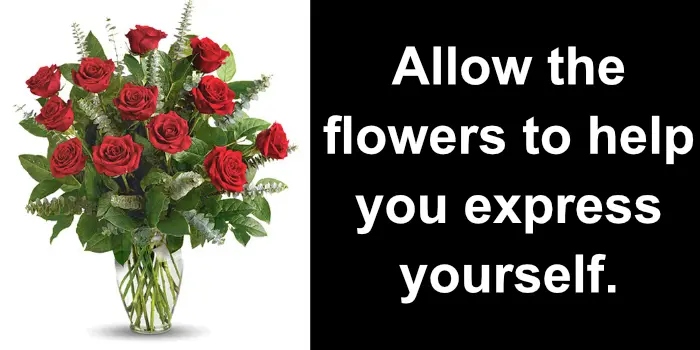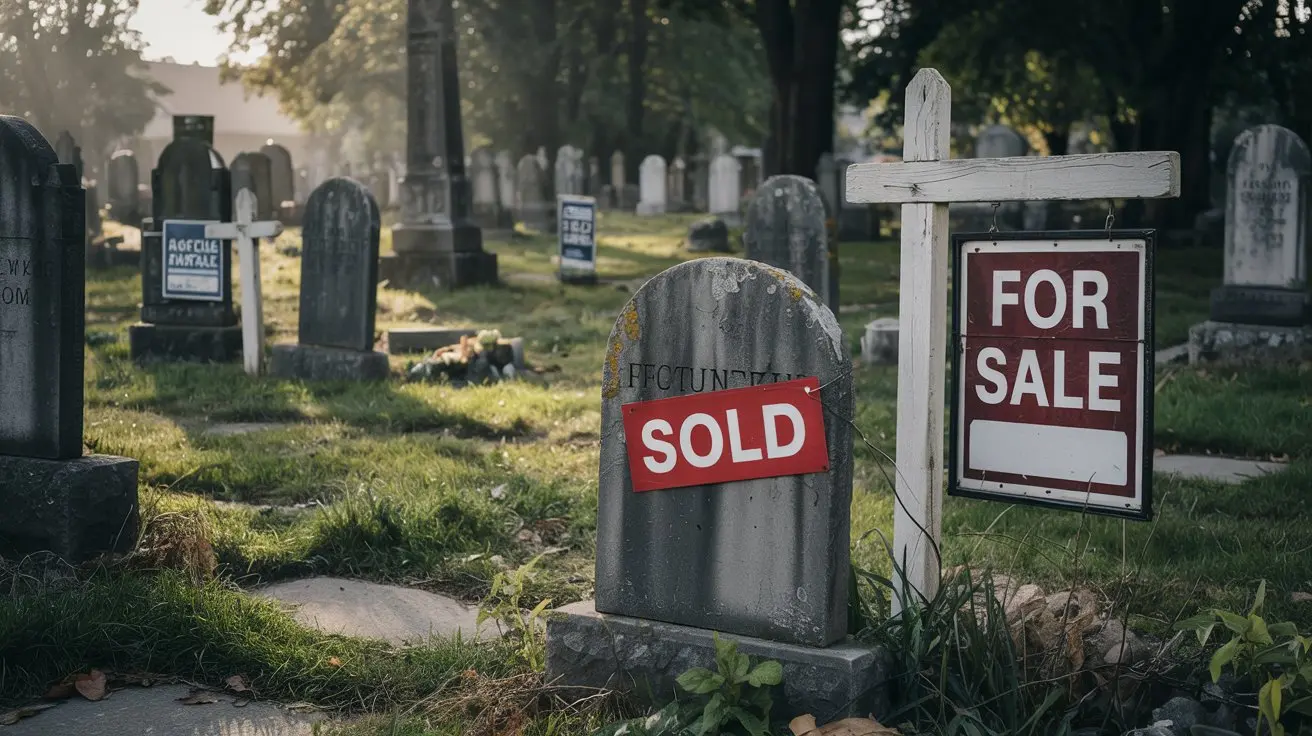I. Introduction
Isn’t it a curious thing, this human desire to carve out a little piece of forever, even after we’ve left this earthly stage? We build these elaborate final resting places, as if claiming a spot in the soil guarantees some kind of persistent presence. It’s almost as if we’re saying, “Even in death, I occupy space.” But what if this whole notion of burial, this real estate of the departed, is a relatively recent invention? What if, for most of human history, the idea was something far simpler, something more aligned with the natural rhythms of life and death? This blog aims to explore that possibility, to peel back the layers of tradition and examine the environmental consequences of our current practices. We’ll also delve into some fascinating alternatives that are not only kinder to the Earth, but perhaps, more deeply meaningful. We carry a lot of emotion and cultural weight with our burial traditions, and it’s important to approach this topic with respect and understanding.
II. The Current Landscape: Real Estate After Death
When we think of a traditional burial, a fairly standardized picture comes to mind. It often begins with embalming, a process involving chemicals like formaldehyde to preserve the body, slowing down decomposition. Then comes the selection of a casket, often made of hardwood or metal, and a concrete vault, designed to prevent the ground from settling. Finally, we purchase a burial plot in a cemetery, a designated piece of land for our eternal rest. This process, while seemingly normal, carries a significant environmental footprint. The chemicals used in embalming seep into the soil, potentially contaminating groundwater. The resources required to manufacture caskets and vaults—wood, metal, concrete—contribute to deforestation and industrial pollution. Cemeteries themselves occupy vast tracts of land, often requiring regular maintenance like mowing and irrigation, which consumes energy and water.
The financial burden is also substantial. The cost of embalming, caskets, vaults, and burial plots can be overwhelming for families, adding stress during an already difficult time. And as urban populations grow, burial space becomes increasingly scarce, driving up prices and creating a sort of “real estate after death” market. We’ve turned death into a commodity, a permanent claim on the land itself. Consider the societal implications. Are we prioritizing the needs of the living when so much land and resources are dedicated to the deceased? This modern approach to burial, while rooted in respect and tradition, presents a complex picture of environmental impact and financial strain.
III. A Shift in Perspective: Returning to Nature
Imagine a time when burial was less about claiming a plot and more about returning to the Earth, a natural cycle completed. It’s possible that our ancestors viewed death not as an end, but as a transformation, a reintegration with the natural world. The concept of natural decomposition, the breaking down of organic matter to nourish the soil, is fundamental to life. Perhaps early burial practices reflected this understanding, a way to honor the deceased by giving them back to the source of all life.
Instead of seeing a burial plot as a permanent marker, we could view it as a way to contribute to the Earth’s ongoing cycle. The body, stripped of artificial preservatives and encased in biodegradable materials, becomes a source of nutrients, enriching the soil and supporting new life. This perspective aligns with many indigenous cultures that see death as a continuation of the interconnectedness of all living things. Before the rise of modern embalming and elaborate caskets, burials were often simpler, closer to the earth. Bodies were placed directly in the ground, or wrapped in natural shrouds, allowing for a more seamless return to the elements. This shift in perspective asks us to reconsider our relationship with death and the land, to move away from ownership and toward a sense of belonging within the natural world.
IV. Alternative Burial Practices: Embracing Sustainability
We’re fortunate to be living in a time where innovation and environmental awareness are leading to some truly remarkable changes in how we approach death.
Green Burial
Imagine a burial where there’s no embalming, no steel casket, and no concrete vault. Instead, the body is wrapped in a biodegradable shroud or placed in a simple, untreated wooden casket, and laid to rest in a natural burial ground. These sites are often protected woodlands or meadows, where the focus is on preserving the natural environment. Green burials not only minimize environmental impact but also allow for a more natural decomposition process, returning nutrients directly to the soil. There are a growing number of green burial sites popping up around the world, each with its own unique beauty and philosophy.
Composting/Terramation (Human Composting)
This is a truly fascinating concept. Terramation involves placing the body in a vessel with natural materials like wood chips, alfalfa, and straw, and allowing it to decompose aerobically. In a matter of weeks, the body is transformed into nutrient-rich soil, which can then be returned to the family or used to enrich a memorial garden. This process significantly reduces our environmental footprint, avoiding the emissions and resource consumption associated with traditional burials and cremation. Companies are now providing this service, offering a truly transformative end-of-life option.
Alkaline Hydrolysis (Resomation)
Also known as aquamation, this process uses water and alkali to gently accelerate decomposition. The body is placed in a pressurized vessel, and a heated alkaline solution breaks down the tissues, leaving behind bone ash and a sterile liquid. The liquid, rich in nutrients, can be used for fertilization, and the bone ash can be returned to the family. This process uses significantly less energy than cremation and produces fewer emissions, making it a more sustainable option.
Tree Pod Burials
Imagine being buried in a biodegradable pod, with a tree planted above you. The pod, made from organic materials, provides nutrients to the growing tree, creating a living memorial. This concept beautifully combines the return to nature with the creation of new life. The type of tree can be chosen by the family, and the resulting memorial grove becomes a living testament to the deceased.
Cremation and Alternatives
While cremation has become a popular alternative to traditional burial, it still has environmental impacts due to the high energy consumption and emissions. However, there are greener alternatives, such as aquamation, which we discussed earlier. Even with traditional cremation, we can reconsider how we handle ashes. Instead of placing them in an urn on a shelf, we can scatter them in a meaningful natural location, or even have them incorporated into a living tree. This approach allows us to return to the earth in a more direct and personal way.
V. The Consequences of Ignoring Sustainable Options
When we continue to rely on traditional burial methods, we perpetuate a cycle of environmental damage. The chemicals from embalming seep into the soil and potentially contaminate our water sources. The vast amounts of resources used for caskets and vaults contribute to deforestation and industrial pollution. Cemeteries, while often beautiful and serene, take up valuable land that could be used for other purposes. And the ongoing maintenance of these spaces requires energy and water, adding to our environmental footprint.
Beyond the environmental impact, there are ethical considerations. Are we justified in claiming land for eternity, denying future generations the use of that space? As populations grow and land becomes scarcer, this question becomes increasingly relevant. We risk creating a future where the needs of the deceased outweigh the needs of the living.
Furthermore, clinging to traditional practices can hinder our emotional and spiritual connection to death. Natural burial practices, on the other hand, often offer a more profound sense of closure and connection to the natural world. Returning to the earth, becoming part of the cycle of life, can be a deeply meaningful and comforting experience.
Finally, we cannot ignore the financial burden of traditional burials. The exorbitant costs place a significant strain on families, often at a time when they are already grieving. By embracing sustainable alternatives, we can not only reduce our environmental impact but also alleviate this financial burden, allowing families to focus on healing and remembrance.
VI. Shifting the Narrative: Towards a More Sustainable Future

It’s time to challenge our ingrained perspectives on death and burial. We need to begin questioning the idea that a traditional burial is the only way to honor our loved ones. By educating ourselves and others about alternative practices, we can open up a dialogue about more sustainable and meaningful end-of-life choices.
Advocating for education is vital. Many people are simply unaware of the environmental impact of traditional burials or the existence of greener alternatives. We need to support organizations and initiatives that are working to raise awareness and promote sustainable burial practices. We can also encourage legislation that supports and facilitates green burials and other eco-friendly options.
Ultimately, shifting the narrative means fostering a more harmonious relationship with nature, even in death. We can embrace the idea that our bodies can contribute to the ongoing cycle of life, nourishing the earth and supporting new growth. By choosing sustainable burial practices, we can leave a legacy that is not only personal but also beneficial to the planet.
We have the opportunity to redefine how we approach death, to move away from a culture of ownership and toward a culture of connection. Let’s embrace the potential for a more sustainable and meaningful future, where our final act is one of giving back to the Earth.
VII. Call to Action
The conversation about sustainable burial practices is just beginning, and your voice matters. I encourage you to take some time to research the alternative burial options we’ve discussed. Explore green burial sites in your area, learn more about human composting and alkaline hydrolysis, and consider the potential of tree pod burials. Discuss these options with your family and loved ones. These conversations, while sometimes difficult, are essential in making informed and meaningful end-of-life choices.
To help you on your journey, I suggest searching online for organizations dedicated to green burial practices, and for companies that provide terramation (human composting) or alkaline hydrolysis services. Additionally, look for local natural burial cemeteries, and organizations that promote alternative burial options. I also invite you to share your thoughts and experiences in the comments section. Have you considered a green burial? Do you have any questions about the alternatives we’ve discussed? Let’s create a community where we can support and learn from each other as we explore these important topics.
By taking action, by educating ourselves and others, we can create a future where our final act is one of giving back to the Earth. Let’s embrace a more sustainable and meaningful approach to death, one that honors both our loved ones and the planet we call home.





